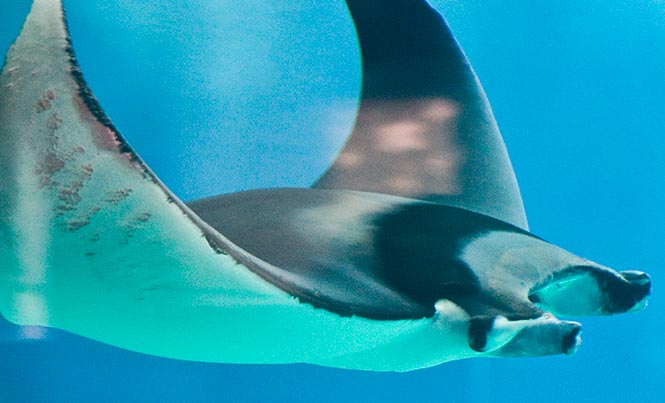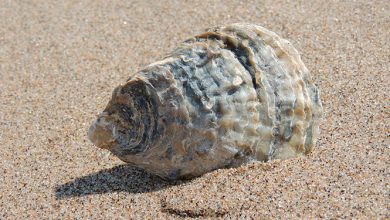Mantas’ Little Cousins: Mobulas

Mantas and mobulas are quite similar in appearance and are closely related. Find out more about their similarities and how they differ
Often when we see whale sharks, we also see these weird-looking large rays with ‘horns’ commonly referred to as large mantas, small mantas or devil rays. However, often the large mantas are different species from the smaller ones and would correctly be named as manta rays and mobula rays respectively. Mantas and mobulas are quite similar in appearance and are closely related; they are all rays and form a group called batoids which has over 600 different types (species) of ray.
 There are two recognized species of mantas and about nine recognized species of mobulas. What makes mantas and mobulas similar? Besides being amazing, both are filter feeders, so they feed on tiny animals found in the water column called plankton. Also, both have paddle-like fins or ‘horns’ (hence the name of devil rays) called cephalic fins that project forward from the head. They can roll and unroll them and are used to channel food towards the mouth. They also have tiny teeth, they give birth to one or two live pups, and are important for tourism and fisheries around the globe.
There are two recognized species of mantas and about nine recognized species of mobulas. What makes mantas and mobulas similar? Besides being amazing, both are filter feeders, so they feed on tiny animals found in the water column called plankton. Also, both have paddle-like fins or ‘horns’ (hence the name of devil rays) called cephalic fins that project forward from the head. They can roll and unroll them and are used to channel food towards the mouth. They also have tiny teeth, they give birth to one or two live pups, and are important for tourism and fisheries around the globe.
So what makes them different? The mouth in mantas is ‘terminal’ located in the front of the head, whereas the mouth in mobulas is ‘subterminal’ located underneath the head. It is also more common to find mobulas in larger groups. For example, on the coasts of the Mexican Pacific they can be spotted migrating in groups of hundreds (www.bbc.com/earth/story/watch-these-giant-rays-fly), whereas mantas are more commonly found in smaller groups. There are exceptions such as in the Maldives where mantas form fairly large aggregations (www.mantatrust.org/in-the-field/maldives/). Mantas are generally black and white and mobulas tend to have a variety of colors like brown, pink, or green. Mobulas usually don’t reach more than 2 meters wide, whereas mantas can grow up to 7 meters wide.
Both mantas and mobulas jump out of the water! Although, mobulas seem to do it more often and higher. So next time you are on a boat in the tropics, particularly during whale sharks season, look out! You’ll likely see mantas or mobulas jumping up and you can enjoy this show too.







